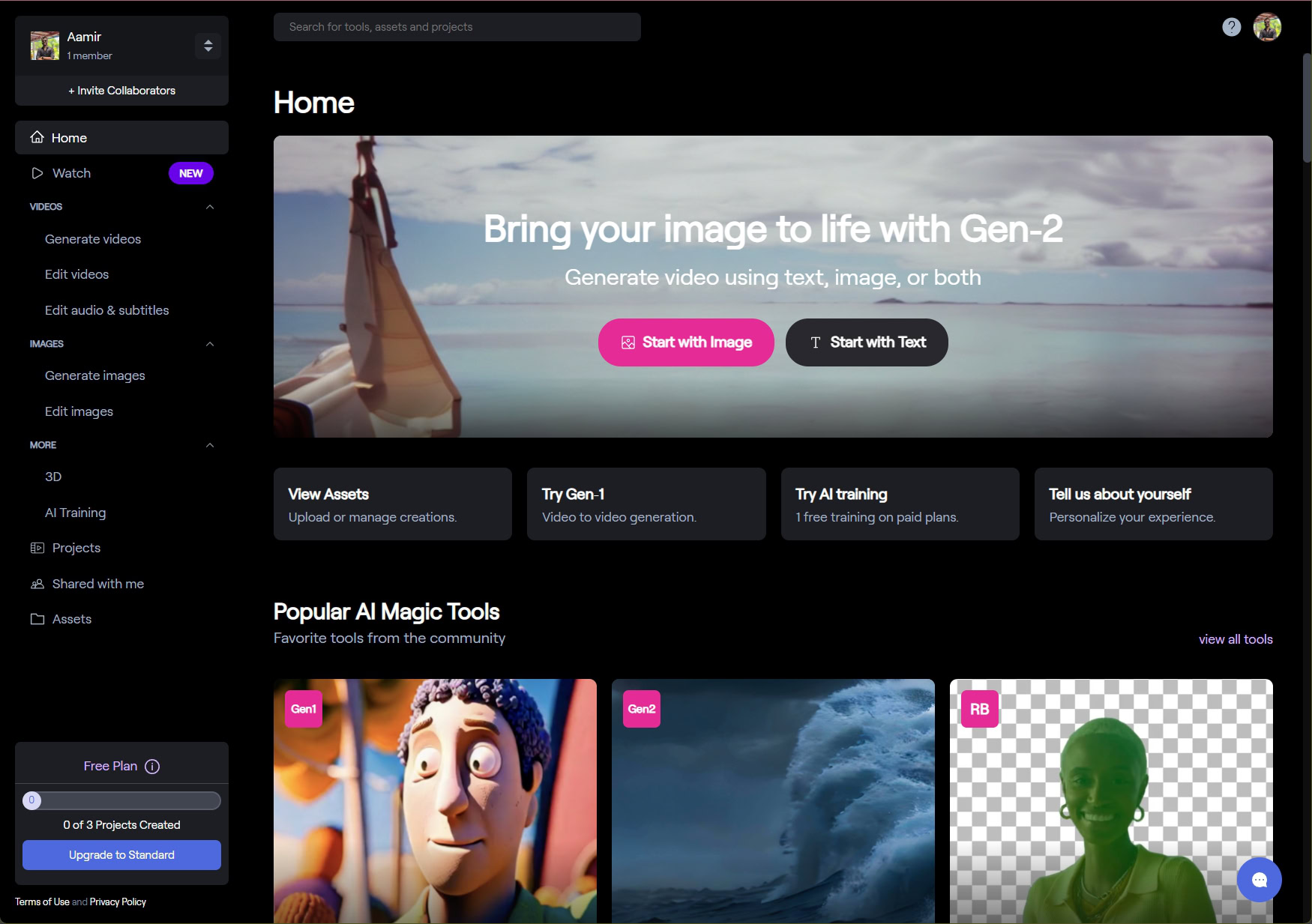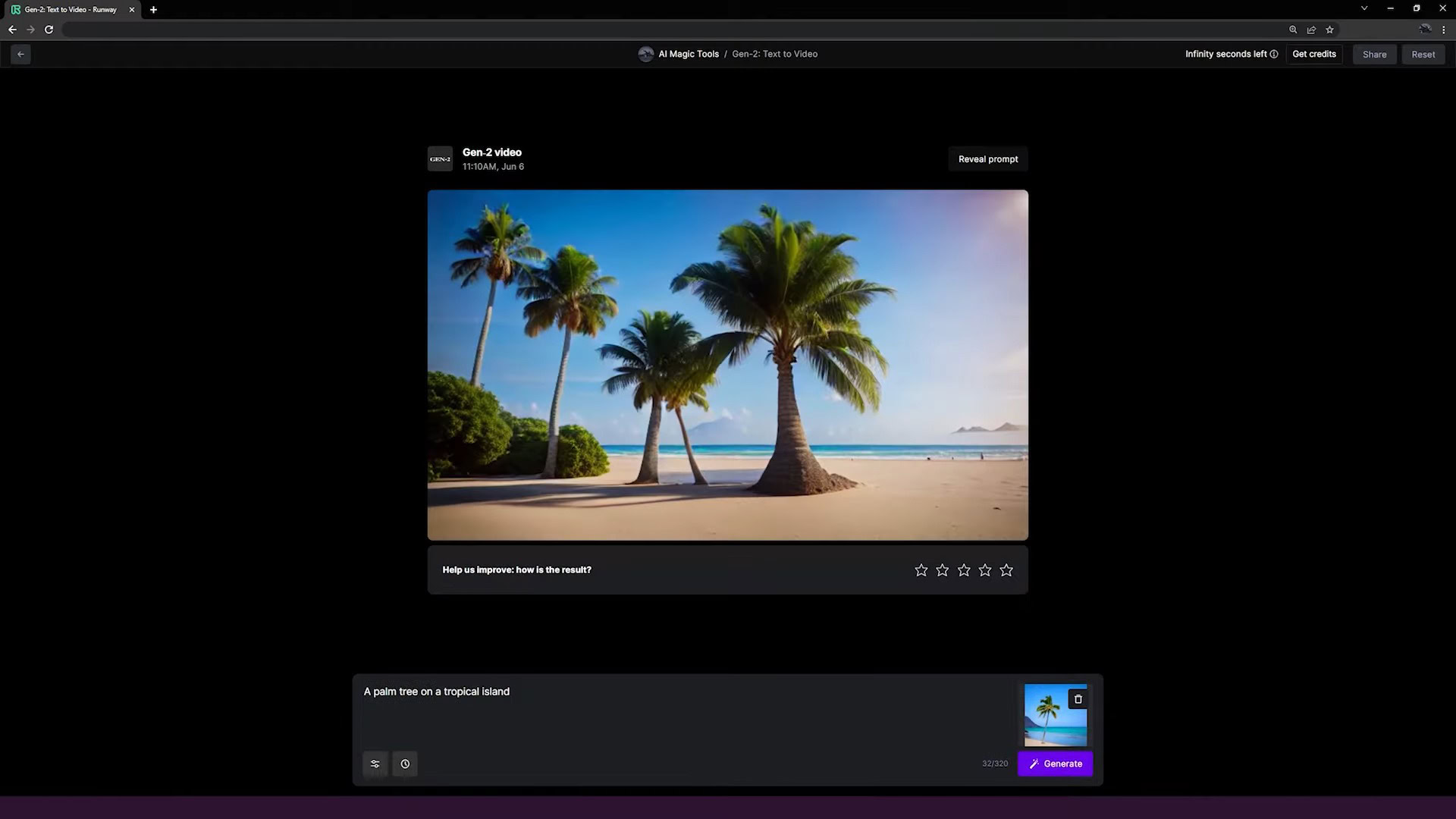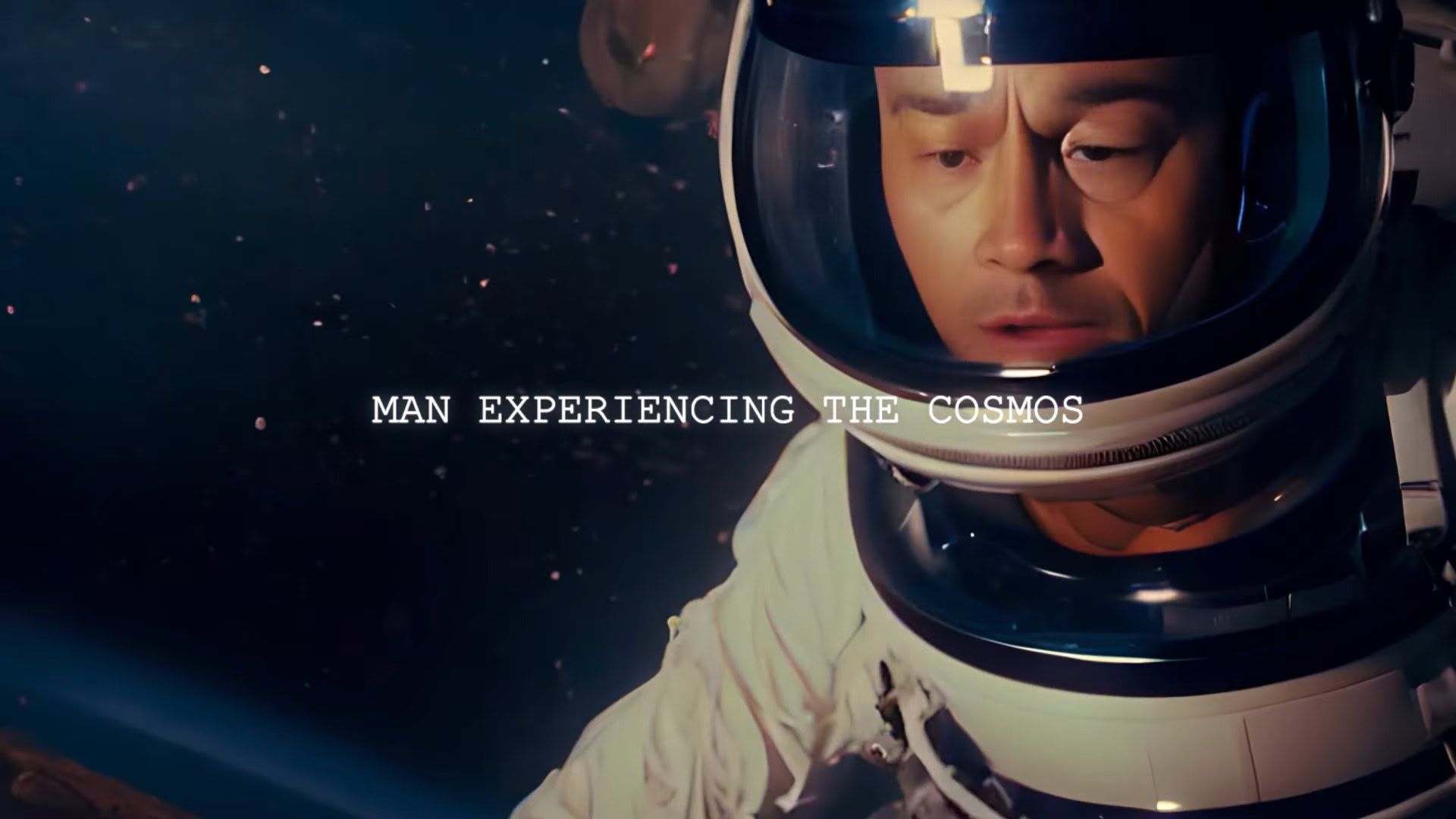Affiliate links on Android Authority may earn us a commission. Learn more.
What is Runway AI, and how to use this AI-based video generator
AI is taking the internet by storm, and generative AI is one of its driving forces. It is pretty unbelievable that you can create new content using AI by feeding different prompts. One tool that is making the waves in this space is Runway AI with its flagship Gen-2 text/image-to-video generator tool. But what is Runway AI, and how can you use it? We answer these questions in this article.
QUICK ANSWER
Runway AI is a collection of AI-based tools from a New York-based startup called Runway. Of these tools, Runway Gen-1 is an AI video-to-video AI generator, while Runway Gen-2 is an AI text/image-to-video generator.
To use these tools, visit the Runway website, choose the tool, and input your prompts. You can modify settings as needed and generate your own video.
JUMP TO KEY SECTIONS
What is Runway AI?
Runway is a New York-based AI startup that has helped with tools like Stable Diffusion in the past and has the backing of Google. The startup released its first video-to-video generative AI model, Gen-1, through a website and mobile app. This was followed up with a text-to-video and image-to-video generative AI model called Gen-2.
Combined, these two tools are popularly called Runway AI, although the app is called RunwayML. Runway also has a few more AI-based art tools available on its website.
How does Runway AI work?
Runway AI is a generative AI model. Much like other generative AI models like Midjourney and Stable Diffusion, this AI model takes prompts and generates output.
In the case of Runway Gen-1, the prompts are in the form of videos, while Gen-2 can accept an image or even a text prompt. The output for both is a video. Consequently, you can pretty much generate a video out of thin air within minutes, with just some small guidance from your end.
The results from the generative AI model are not perfect. The videos often contain elements that are weird-looking and unnatural. But they are still impressive nonetheless, considering your input and the scale of your output. Creating a video is a lot of effort, and being able to create a video with some prompts is remarkably impressive.
Runway also offers other AI-based editing tools. Here is the complete list of tools:
- Video to Video (Gen-1)
- Text/Image to Video (Gen-2)
- Remove Background
- Text to Image
- Image to Image
- Train your own Generator
- Infinite Image
- Expand Image
- Frame Interpolation
- Erase and Replace
- Backdrop Remix
- Image Variation
- 3D Capture
- 3D Texture
- Inpainting
- Color Grade (LUT)
- Super-Slow Motion
- Blur Faces
- Depth of Field
- Scene Detection
- Extract Depth
- Clean Audio
- Remove Silence
- Transcript
- Subtitles
- Add color
- Upscale Image
- Motion Tracking
- Word Processor
Runway Gen-1 vs Gen-2: What’s the difference?
Runway Gen-1 worked primarily on existing videos, applying AI effects to existing media. As such, you need a base video for the AI model to do its work on it.
Runway Gen-2 does not need existing videos. It can accept images and texts as prompts and generate videos following these prompts. You can create videos practically out of thin air with a few skillful commands.
How to use Runway AI
Runway AI works through its website and an iOS app. We recommend you try the website on a desktop for your first experience. You will need to sign up on the website for free, though the service requires paid credits later on for extended functionality.

On the landing page, you will find several AI “magic” tools presented to you, which are a good starting point. Gen-1 and Gen-2 are shown right at the top of the list. Alternatively, you can also dive right into generating your own video with Gen-2 by following the large banner buttons.
Using Runway AI Gen-1
Using this tool is very simple:
- Upload your source video.
- Choose a reference style. This can be from an image (demo or self-upload), images, or text prompt.
- Set options like Style strength and Seed. You can play around with these values.
- Check Preview to get an example of your output.
- If you like the output, click on Generate video.
- You can download and share the generated video.
Using Runway AI Gen-2
Using this tool is also simple procedurally, though you have to be quite descriptive with your prompts for the best result.
- Enter a text description, a source image, or a combination of both.
- Adjust parameters like Motion, Seed, and Interpolate as needed.
- Try the Free Preview to see if the to-be-generated video aligns with your vision.
- Sometimes, due to high demand, Free Preview may be unavailable.
- Click on Generate 4s to generate 4 seconds of video from your prompt.
The generated video for my prompt was not in line with my vision, so I had to try a couple of times to get what I wanted. Note that AI generation uses up credits, so after a point, you will need to pay for more credits to keep using the service. Each user gets 100 seconds of free video generation.
What are some alternatives to Runway AI?
Runway offers a bouquet of tools, and you can individually find alternatives. You can try Kapwing for creating videos out of text and even documents, while Synthesia is suitable for creating presentation-style videos with text prompts. Pictory is good for content marketers; even Picsart has a video generator.
This is a growing space, and new tools are frequently cropping up with their advantages, disadvantages, and monetization models. You will have to try a few of them and keep experimenting to find the right tool for your needs.
FAQs
Runway AI is free to try, with 100 seconds of video generation available to users for free. Beyond that, you will need to purchase credits. Each second of video generation uses up some credits. Plans start at 625 credits per month for $15 monthly.
Runway claims to be Service Organization Control (SOC) 2 compliant. It claims that protecting user data and user-uploaded content is its top priority. However, nothing on the internet is ever completely safe, so we recommend caution in uploading sensitive personal data.
No, it is not open source.

